Quotations from the history of arts
Leonardo was a master of human anatomy, performing a great number of exhaustive sketches of muscles, tendons and other anatomical features. He planned to include his drawings in a treaty about anatomy, but the project remained incomplete, thus the unpublished drawings remained with his private papers. Today they can be admired in the British Royal Art Collection at the Queen's Gallery, Buckingham Palace. He attempted to represent the universal nature of man. This can be seen from the names he gave to some of his drawings, such as "joy, with different ways of laughing", as well as the "cause of laughter". He attempted to portray the different actions of killing, "flight, fear, ferocity, boldness" as well as "weeping in different ways". Leonardo went beyond the study of flesh and muscles of the human figure, aiming to represent the emotions, the fears, the force that animates the human nature. Using the high status that his skills allowed him to reach, he had leverage on the authority that would provide him with corpses for his experiments. This allowed him to dissect as many bodies as he could.

The following is a collection of citation from Leonardo's Notebook, chapter IX "The Practice of Painting":
"Many are they who have a taste and love for drawing, but no talent; and this will be discernible in boys who are not diligent and never finish their drawings with shading."
Leonardo da Vinci
"A picture or representation of human figures, ought to be done in such a way as that the spectator may easily recognise, by means of their attitudes, the purpose in their minds. Thus, if you have to represent a man of noble character in the act of speaking, let his gestures be such as naturally accompany good words; and, in the same way, if you wish to depict a man of a brutal nature, give him fierce movements; as with his arms flung out towards the listener, and his head and breast thrust forward beyond his feet, as if following the speaker's hands. Thus it is with a deaf and dumb person who, when he sees two men in conversation — although he is deprived of hearing — can nevertheless understand, from the attitudes and gestures of the speakers, the nature of their discussion."
Leonardo da Vinci
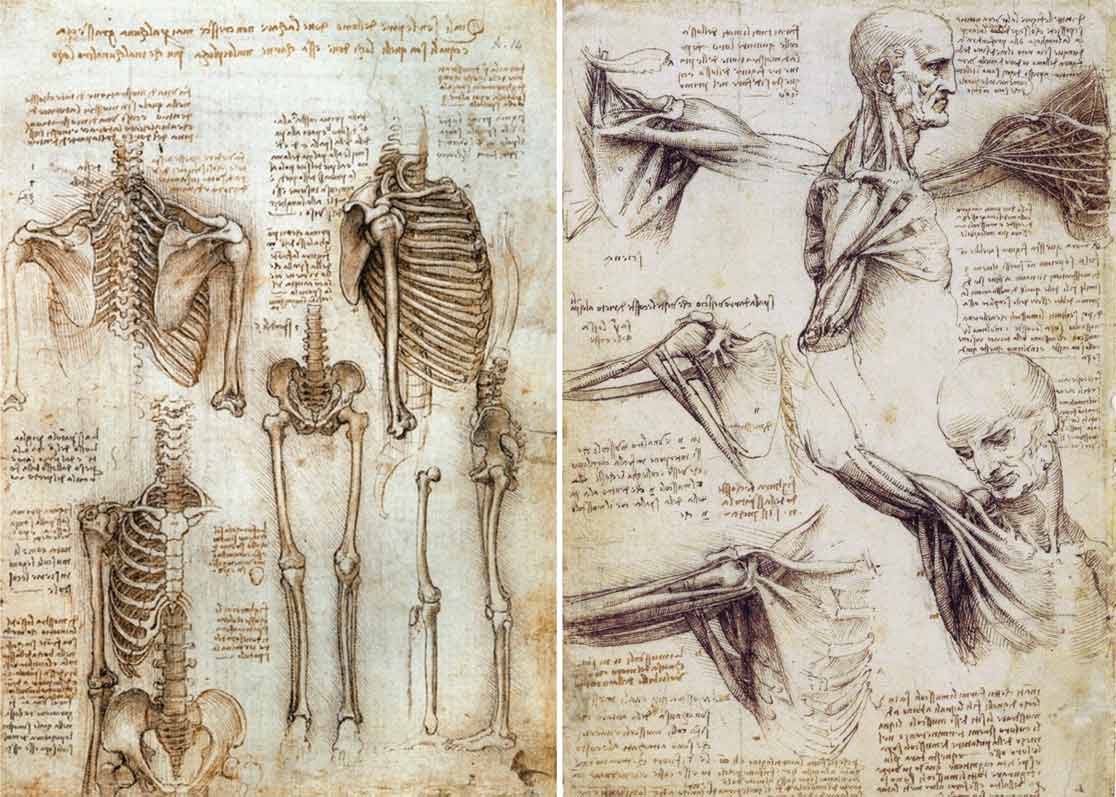
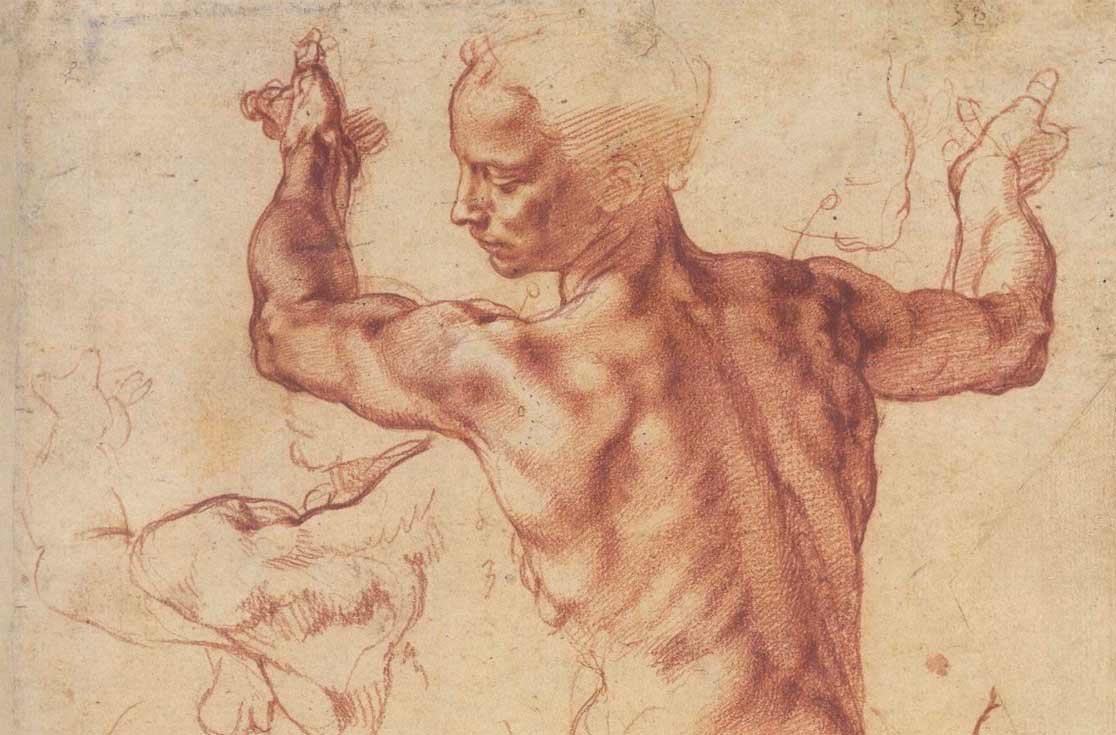
Raphael, who was also an expert of human anatomy, often began his life drawings with a stylus sketch. Examples of is his studies are the Phrygian Sibyl (1511, British Museum), which was probably represented by a male model. Many of Raphael's drawings are very detailed and appear as they were finished works. He often depended on his drawings to improve the poses of his paintings. Since he left a large number of sketches, it could be said that Raphael was more prolific in this area than Michelangelo and Leonardo.
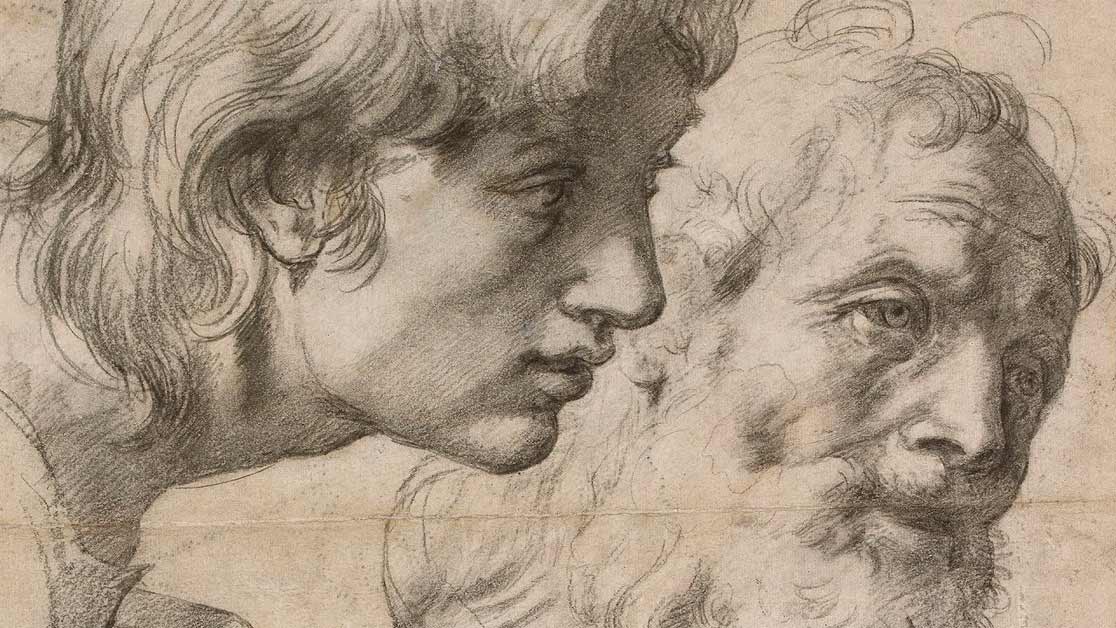
"Just like Michelangelo had achieved perfect mastery of the human body so Raphael had managed to touch the ambition towards which the previous generation had struggled in vain: the perfect and harmonious composition of figures in free movement."
Ernst Gombrich, art historian
Jacques Louis David was a french neoclassical painter.
"Raphael divine man! it is you who by degree raised me to the antique! It is you, sublime painter! It is you among the moderns that has come closest to these inimitable models!"
Jacques Louis David
"I know painters who do not know how to copy men, and who claim to go up to heaven to paint gods."
Jacques Louis David
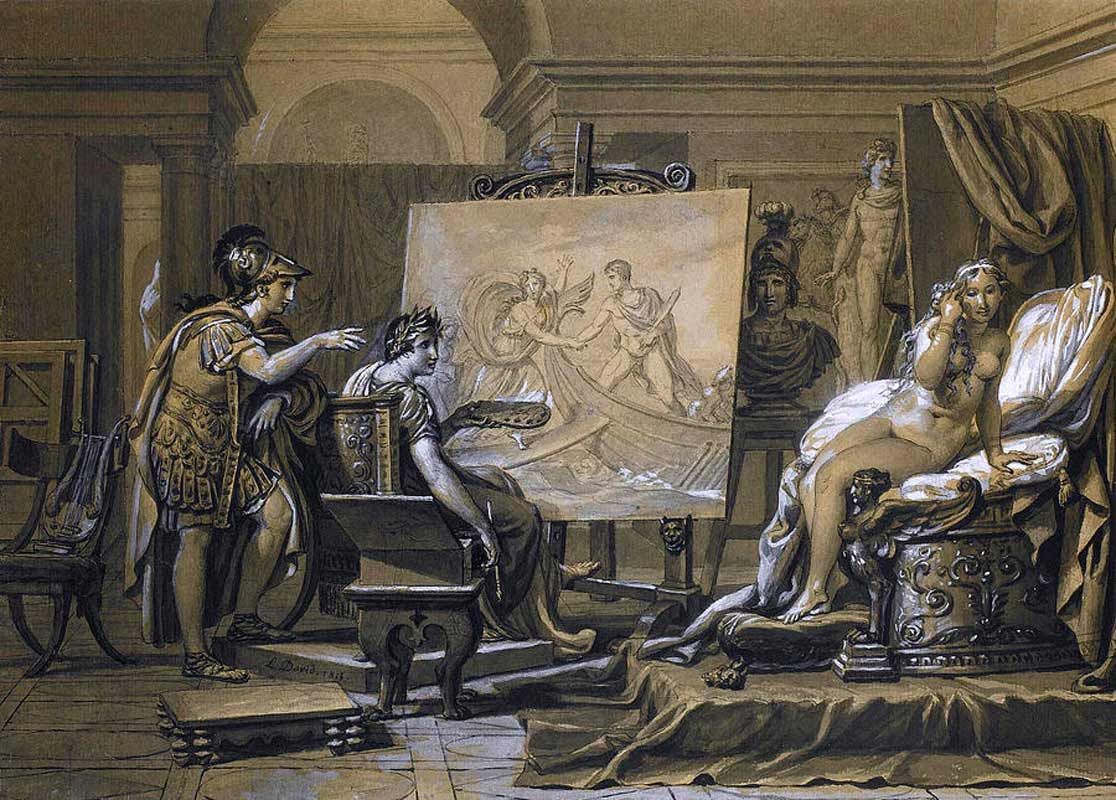
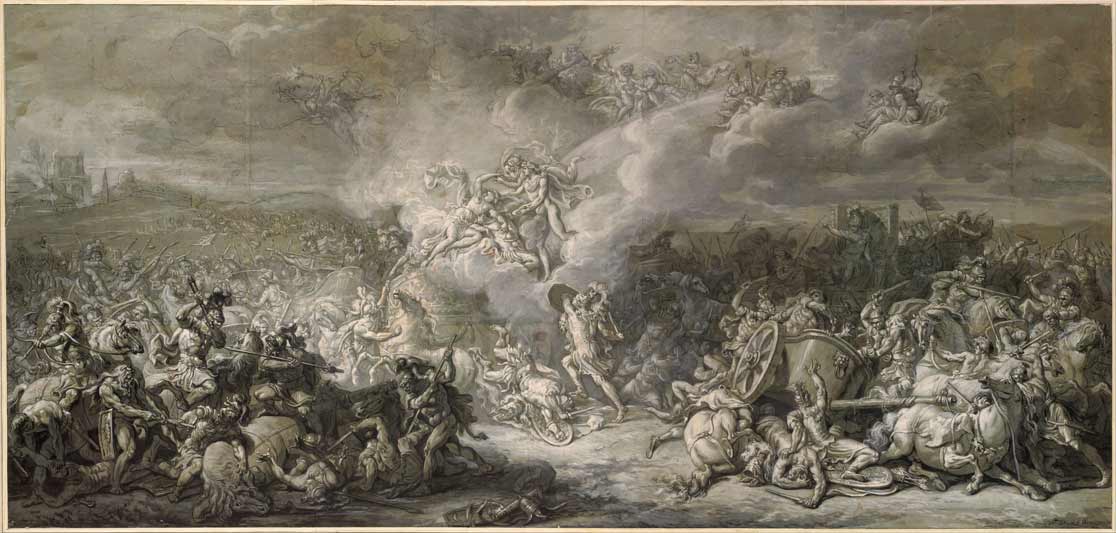
"Do not just look at the model, read it like in a book."
Jacques Louis David
"To give a body and a perfect form to one's thought, this - and only this - is to be an artist."
Jacques Louis David
Jean-Auguste-Dominique Ingres was French painter considered one of the main representatives of the neoclassical period.
"Drawing is the probity of art."
Jean-Auguste-Dominique Ingres
"If I had to put a sign over my door, I'd write: school of drawing, and I'm sure I'd create painters."
Jean-Auguste-Dominique Ingres
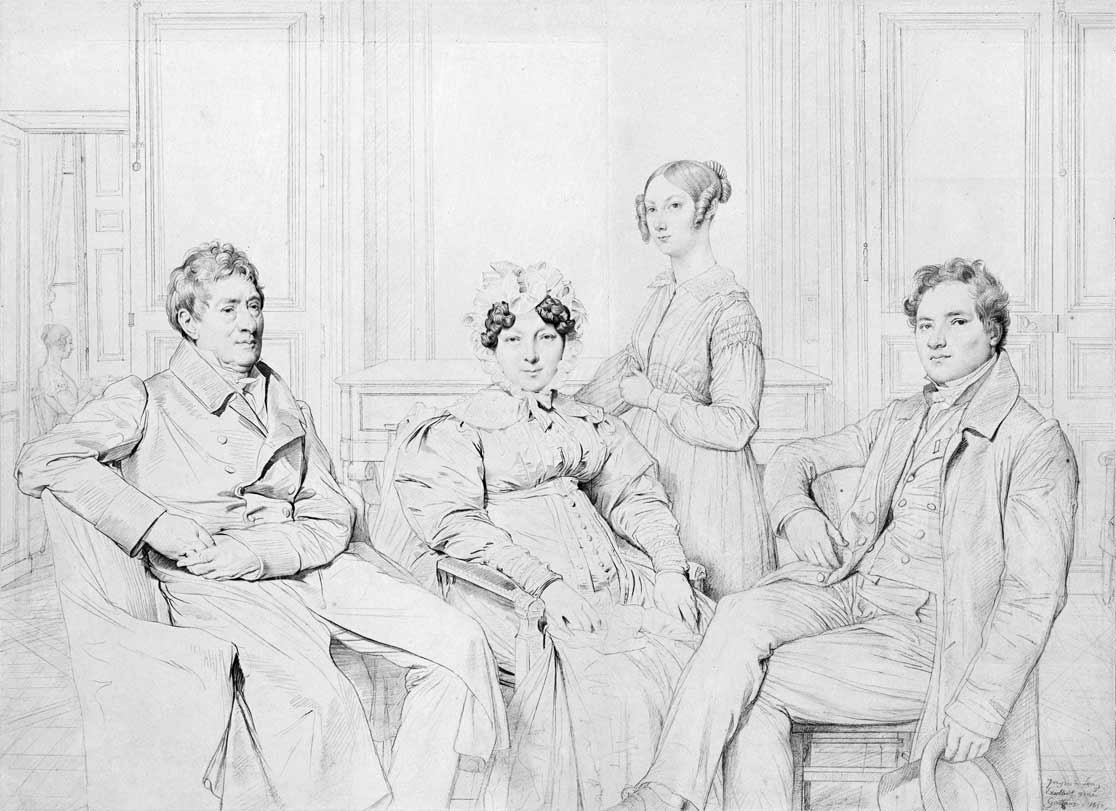
This is your unique chance to get a lifetime academy membership and a dedicated team of art teachers.
Such unlimited personal tutoring is not available anywhere else.




